Rain, floods, heat and humidity cause breeding boom in Australia’s deadly creatures
Torrential rains and intensely humid conditions have caused a boom in deadly creatures and other creepy-crawlies that are turning up more frequently in our backyards. See our list.
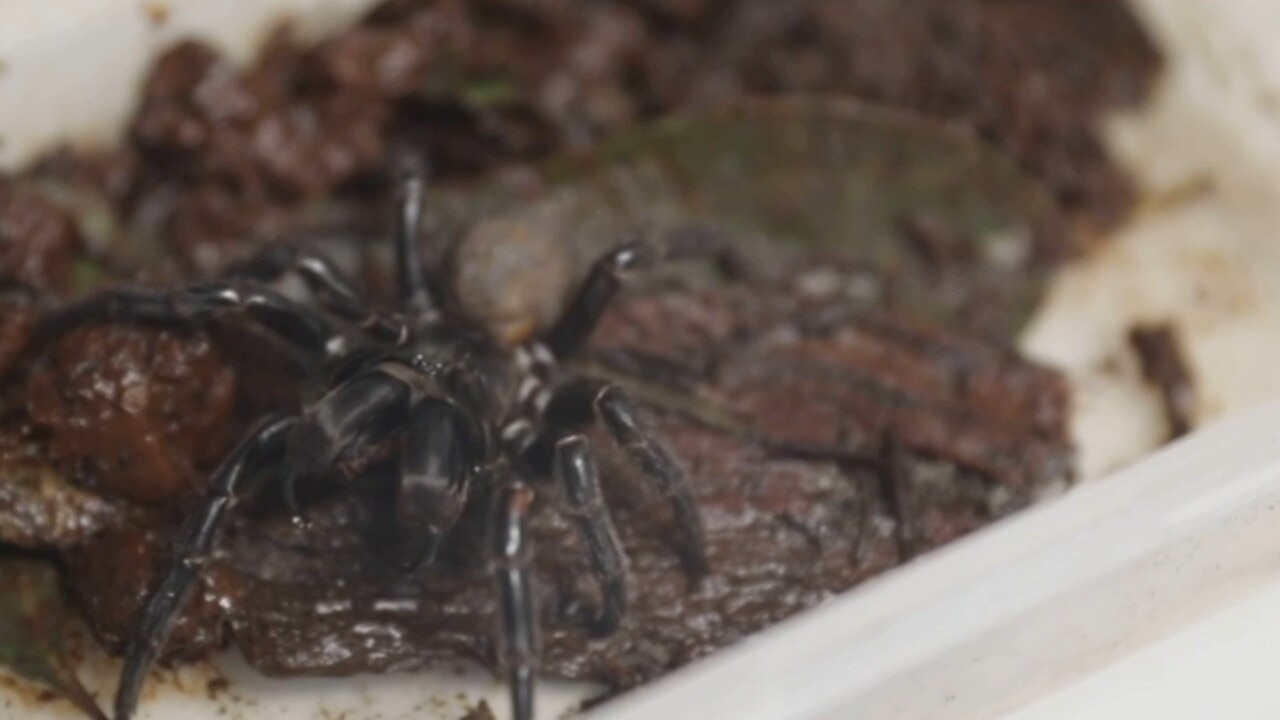
National
Don't miss out on the headlines from National. Followed categories will be added to My News.
Australia may be a land of sweeping plains but it is also home to some of the world’s creepiest and deadliest species which are sweeping the nation thanks to some of the wettest, warmest and most humid weather on record.
Across the nation, unprecedented rainfall has led to flooding that has decimated many native fauna species while others are thriving.
With a spike in call outs for pest control in recent months and warnings coming from experts urging people to brush up on their first aid, we’ve put together a list of the 10 to watch out for.
SNAKES
It’s well-known that Australia is home to some of the most venomous snakes in the world.
Take the eastern brown snake for instance, many of which have been displaced by floodwaters around the country.
Flooding across the continent has decimated fauna and livestock in every state and snakes were seen hanging in trees after swimming to them to reach somewhere dry.
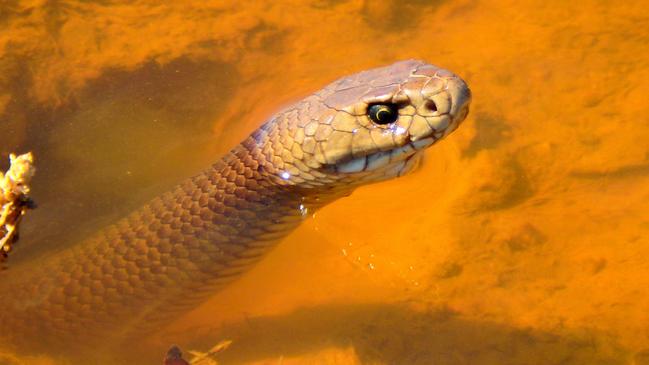
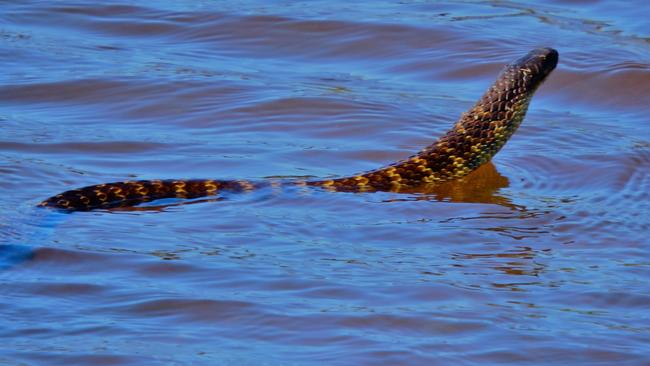
Along with warmer and more humid conditions, snakes have been on the move to find somewhere dry and to mate. It’s about now that baby snakes are hatching.
So, if you see one inside, ring for advice before trying to catch or kill it because this is the most common time people suffer a snake bite and it could be fatal.
If you are bitten or witness someone suffer a snake bite, all triple-0 (000) immediately and keep the patient as calm as possible. Don’t wash the wound in case identification of the type of snake needs to be confirmed and apply a compression bandage to the limb and keep it still.

SPIDERS
They say the Huntsman spiders in Queensland are not only booming in numbers, they’ve gotten bigger.
Arachnologist at the Queensland Museum, Dr Jeremy Wilson said spiders in general had been more common and larger over the 2022-2023 summer thanks to ideal weather conditions over the past two years.
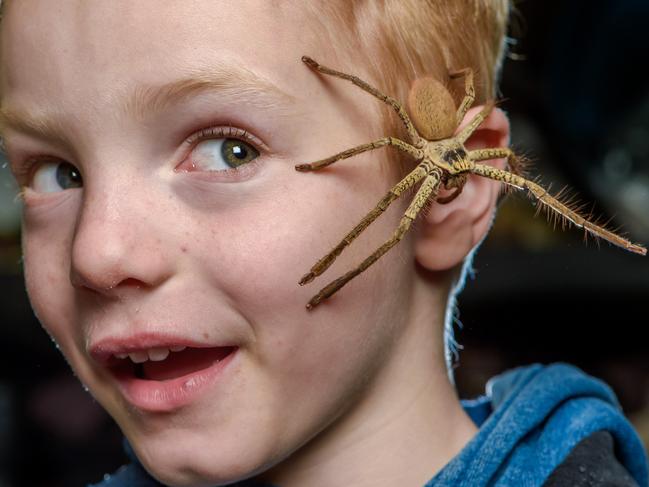
But, while the Huntsman isn’t venomous and lives for only one or two years, finding a mature one around about now is hands-down a very frightening moment.
Further south in Sydney and heavy rains, hotter and humid weather has created an all-together balmy situation for the world’s most venomous spider – the Sydney funnel-web.
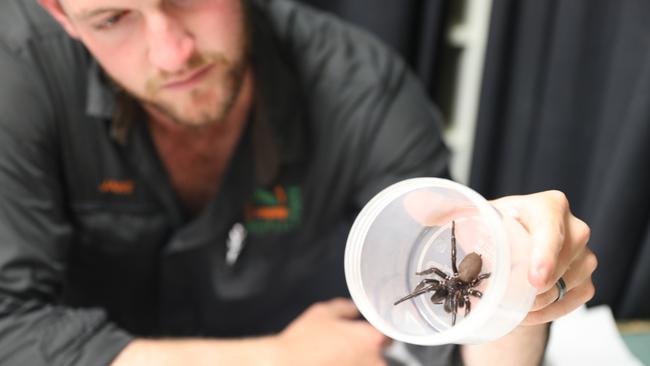
Males will be actively meandering in search of a female but, if they find a mate by sun-up, they’ll hunker down in a nice, dark and cool spot – like laundries and gardens, clothing like raincoats and in particular shoes.
So, remember to inspect and shake items of clothing and bang your shoes together before slipping into them.
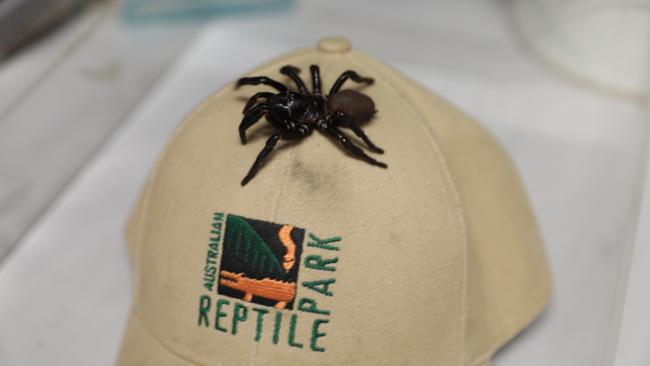
If you do find a funnel-web and are brave enough to capture it in a sealed jar, add a bit of soil, some air holes and drop it off to one of the Australian Reptile Park’s spider drop-off points, which the park needs for its lifesaving antivenene program.
FIRST AID
Because funnel-web spider season generally coincides with snake season, it’s worthwhile knowing that the first-aid approaches are the same for bites from both.
Apply a pressure bandage from below the point of the bite and wind firmly to the top of the limb and immobilise the limb using a splint if possible, otherwise, limit movement as much as possible.
The pressure and immobilisation response is not used for other spider bites, only the funnel-web.
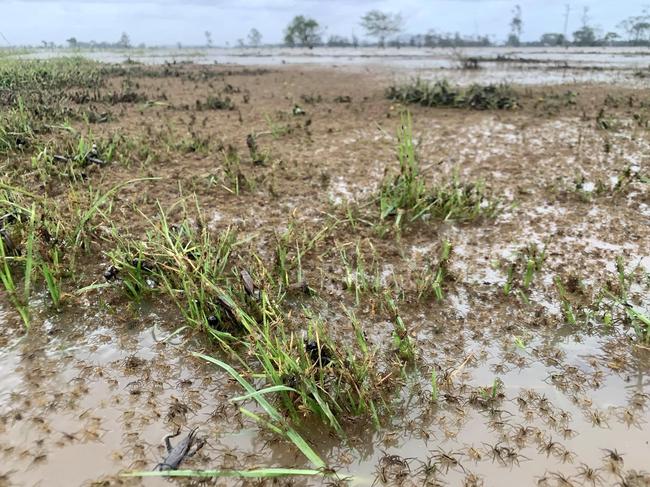
RODENTS
Bad for farmers, good for snakes – let’s hope the snakes win, because it’s the plagues of mice that has helped the snake populations boom.
Less than a year ago, residents in Queensland and South Australia were at their wits end.
Some have even reported waking up to rodents nibbling on their digits.
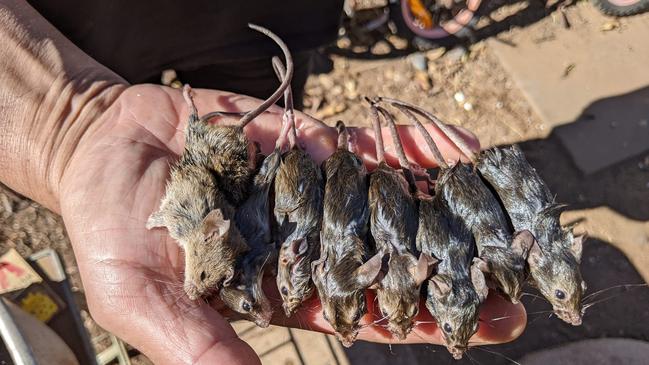
Again, flooding has resulted in people reporting rat and mice turning up in their homes for the first time so if you spot one, there will be more. Call pest control and deal with the problem before you end up fighting your own plague.
COCKROACHES, TERMITES, MOSQUITOS & OTHER INSECTS
Well, they’ll no doubt always be around, even after an apocalyptic event. Data released by online tradie marketplace hipages last month revealed the number of jobs related to cockroaches and termites had exploded by 175 per cent and 128 per cent respectively over the past year.
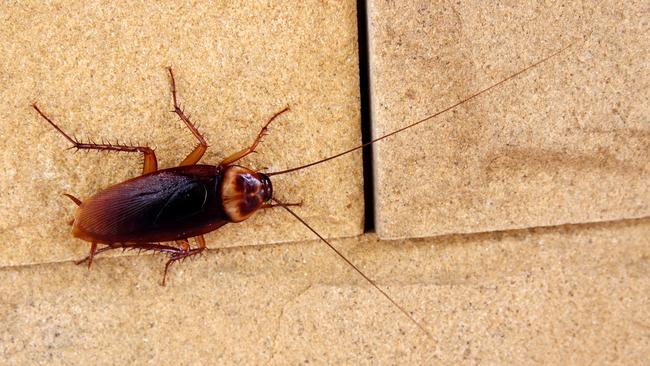
This was accompanied by other bugs, wasps (581 per cent), ants (275 per cent) and fleas (150 per cent), also popping up in larger numbers.
NSW and Qld are the most likely states where homes will suffer from termite damage.
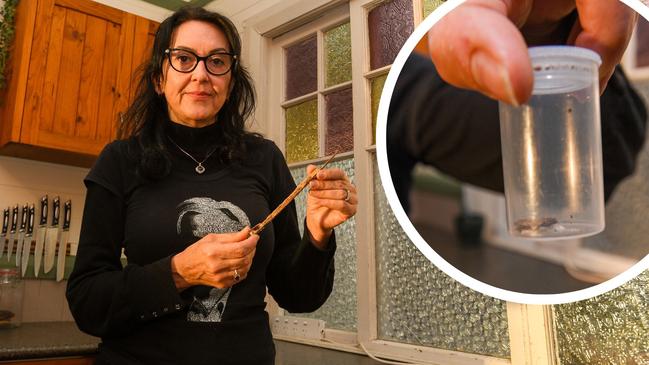

Humidity, moisture and damp conditions make great environments for insects and are perfect for breeding. Plant life insects feed on and wet or soft soils can be inviting habitats.

Warnings have been issued in NSW, Victoria and South Australia after Murray Valley encephalitis virus was detected in mosquitoes – the emergence the virus being likely linked to recent rainfall and flooding.
According to NSW Health, the primary hosts of MVE virus are waterbirds such as herons and egrets and the virus is spread from infected animals to humans by mosquitoes.
Human cases of the virus are rare, and it cannot be transmitted between humans, or caught by touching an infected animal or eating animal products.

While most people who catch the virus develop no visible symptoms, in more serious cases people can develop meningitis or encephalitis and may experience symptoms including severe headache, neck stiffness, sensitivity to bright lights, drowsiness, confusion, seizures, loss of consciousness or coma.
Anyone with these symptoms is encouraged to seek medical care as the infection can result in lifelong neurological complications or death.
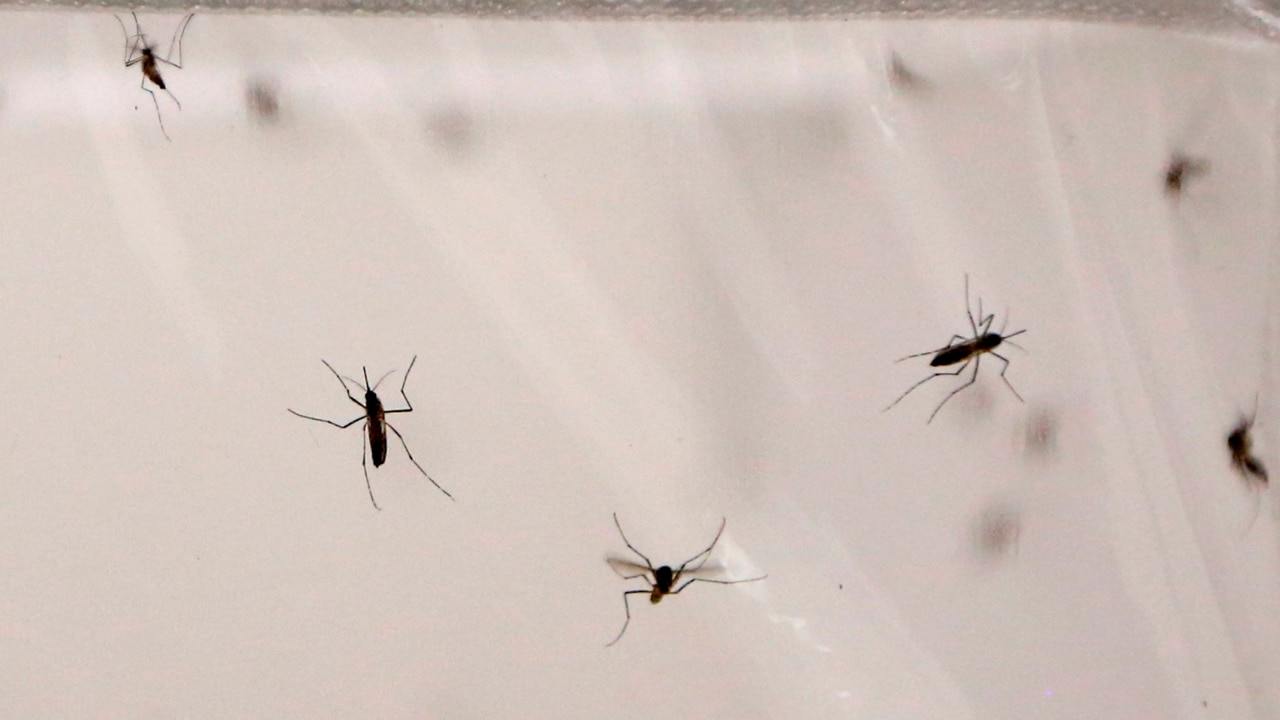
People who spend a lot of time outdoors have a higher risk of exposure, as well as people who lived near the Murray River.
Other mosquito-borne viruses being closely monitored by SA Health are Japanese encephalitis virus, West Nile virus (Kunjinvariant), Ross River virus and Barmah Forest virus.
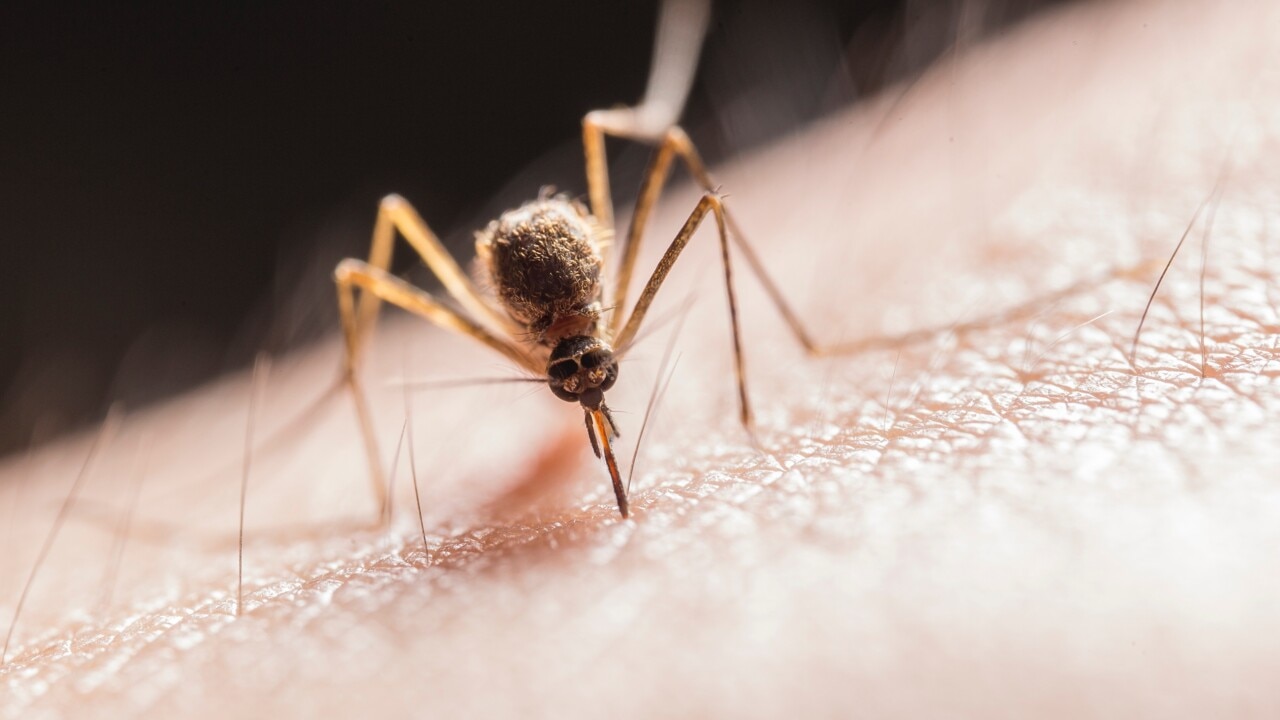
CANE TOADS
Cane toads can travel long distances and they’ll die out if the conditions are dry and cold. So, don’t be surprised if they start hopping into other regions besides north Queensland.
James Cook University’s Professor Lin Schwarzkopf, who once saw a 2.1kg cane toad, said there was a possibility the cane toad population sizes were fluctuating, but there was no one actively measuring the data in North Queensland.
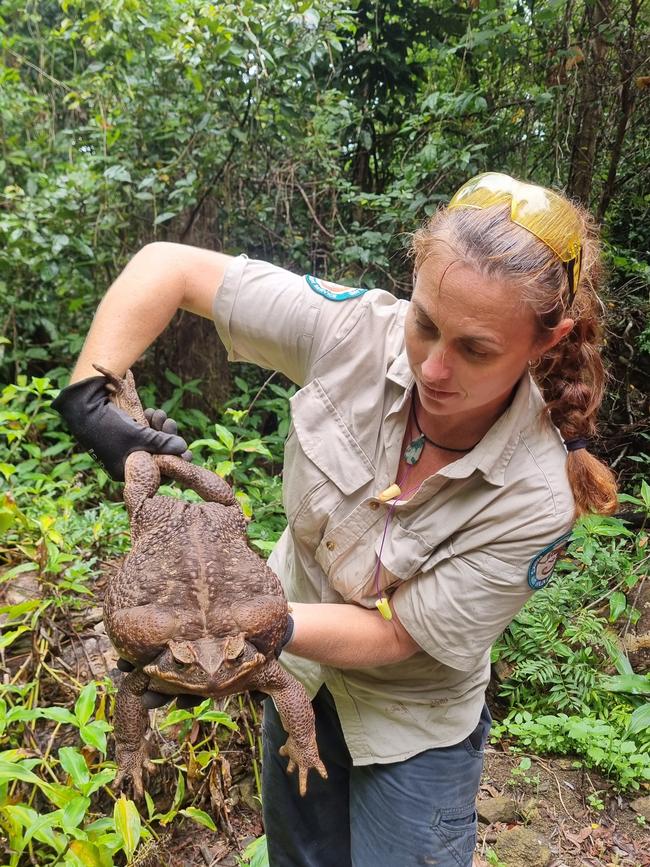

When it was dry and cold, cane toads were less active, and when it was wet and warm, they were more active.



